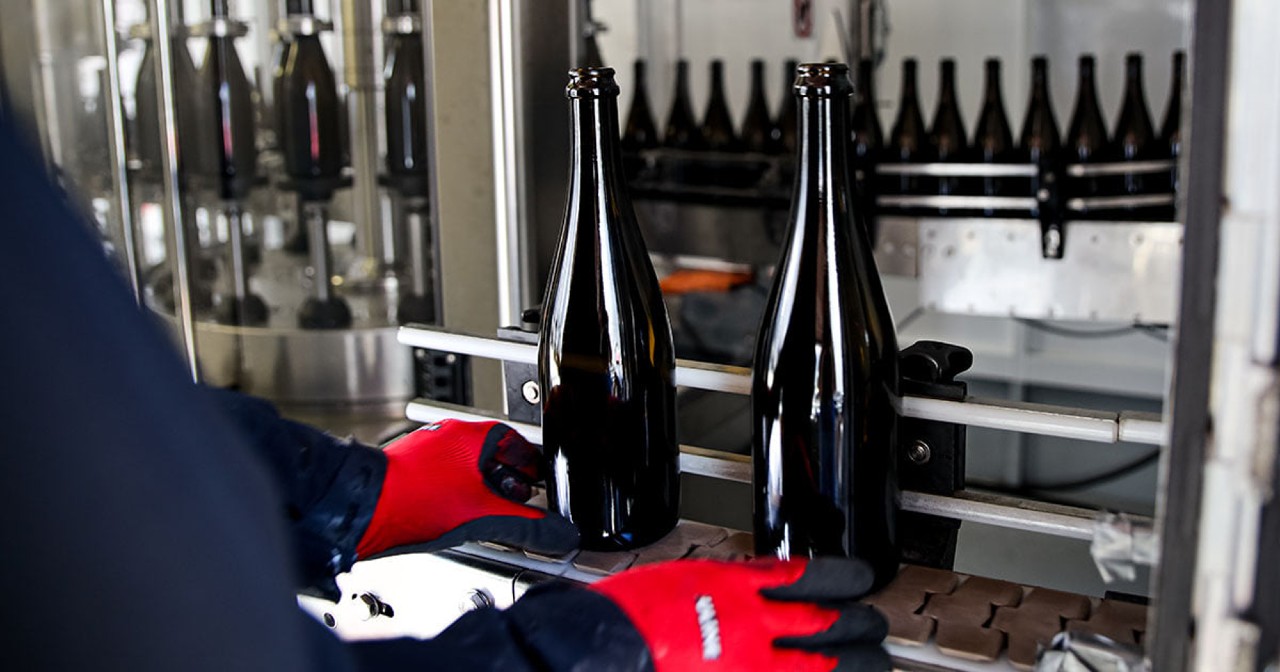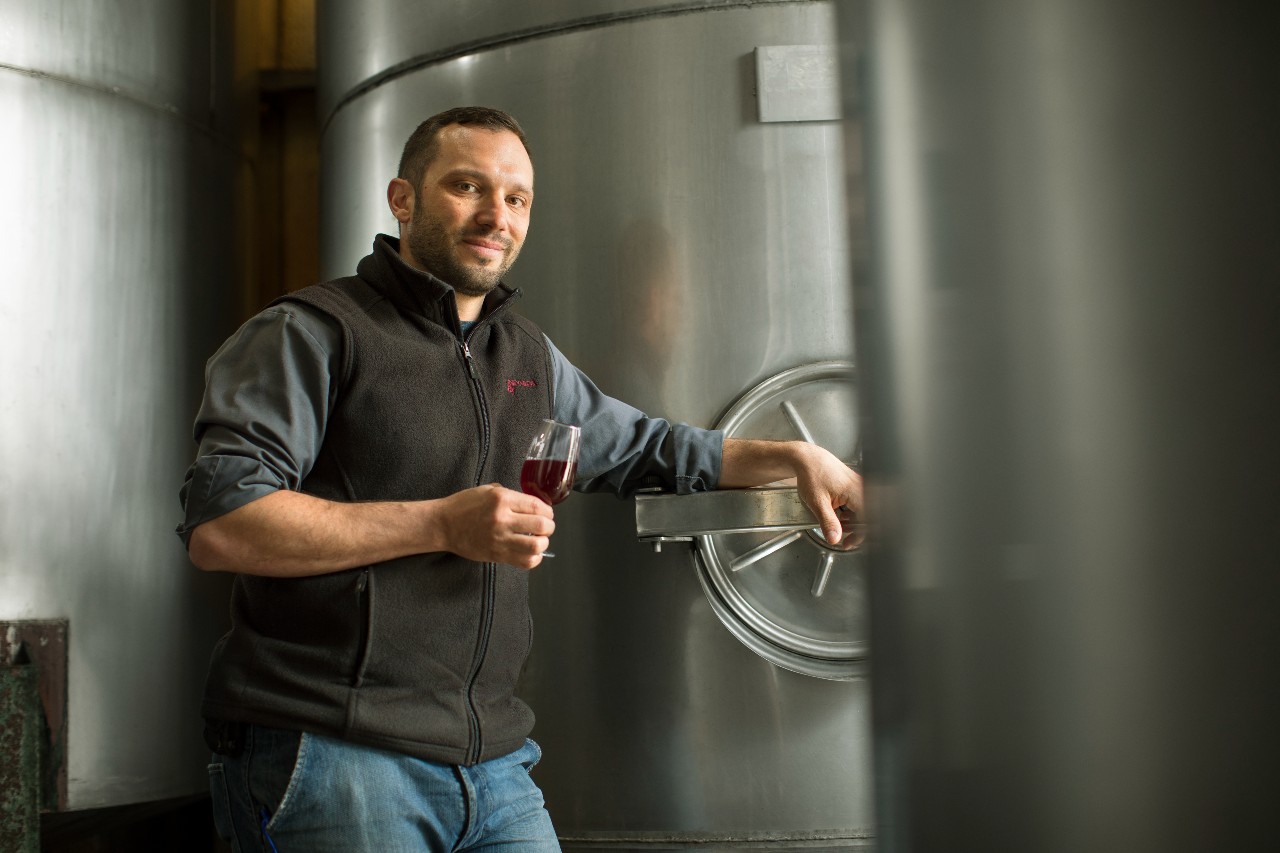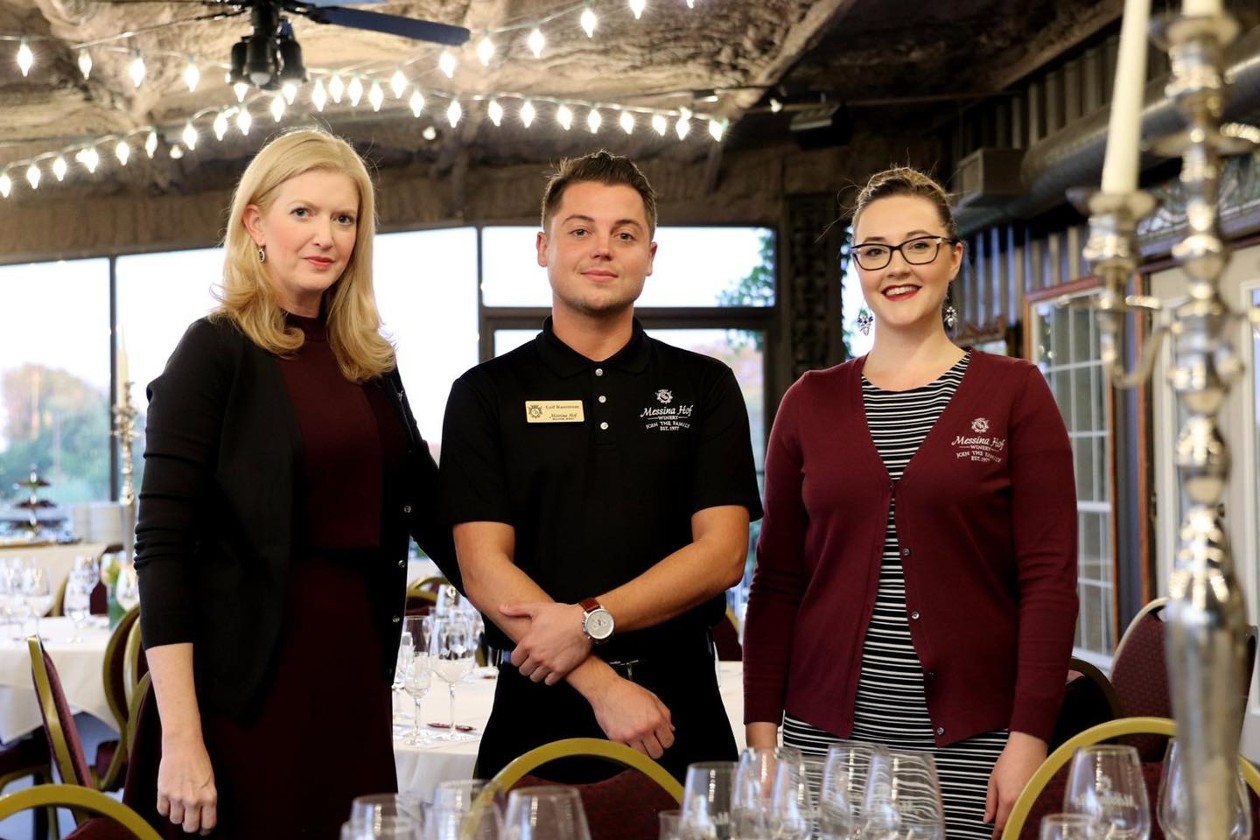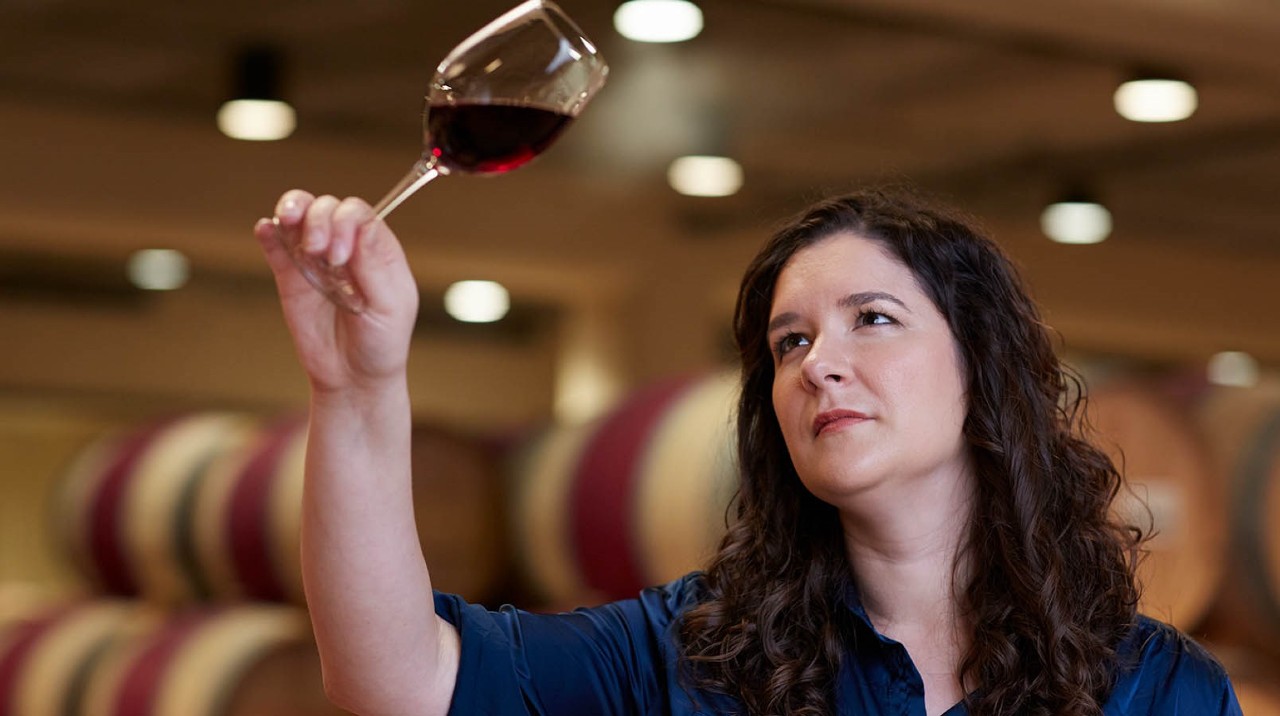The Case for Screw Caps
Tassel Ridge made the decision to use screw caps starting in 2004. At that time, Tassel Ridge owner Bob Wersen said a significant percentage of wine bottles were corked.
“Some well-intentioned cork producer decided to wash their corks in a chlorine-based cleaning solution,” he said, explaining why he was turned off by the idea of corking the Iowa winery’s products. “I suspect that several cork producers were doing the same thing.
“We were just getting started and my objective was to make good wine. I didn’t want the wine damaged by the cork.”
So Tassel Ridge chose screw caps made by G3 Enterprises.
“We have gotten only very occasional comments about our use of screw caps and most are positive,” Wersen said. “In the few instances that we have gotten complaints about our use of screw caps, we’ve explained our reasoning and our explanation seems to have resolved the customer’s concern.”
The screw cap mindset is changing as more and more higher-end wineries are going that way, explained Cannon River’s Sam Jennings.
“Also as people age, I’m finding most elderly people don’t want to mess with a corkscrew to open wine,” he said. “They will specifically buy screw caps or box wine so they don’t have to deal with a corkscrew.”
The Case for Corks
Page Springs Cellars focuses on sustainability and environmentally sound practices throughout its business, so Lukas Bernard explained to Vintner that the Arizona winery uses Nomacorc Select corks, which are plant-based and fully recyclable.
“Our current use of Nomacorc is partially in response to the amount of TCA-infected (corked) bottles that we were encountering in the past,” he said. “We consider this a win-win.”
And although aesthetics are key within Page Springs’ branding, Bernard said they do not box themselves in as sustainability efforts can override those choices.
Cannon River has been using Nomacorc for the past 10 years after Jennings said they found that the Minnesota winery was having TCA issues.
”The new ’green series’ of corks have been awesome,” Jennings said. ”Like a screw cap, you can now choose your oxygen pick-up rates and still have a cork in a bottle.”
Like screw caps, synthetic corks have also come a long way the past 15 years,” Jennings added.
“Nomacorcs are also environmentally friendly, never dry up, don’t have any TCA issues and you can do some pretty fun colorful printing on them as well,” Jennings said, pointing out they are highly recommended for wineries that have TCA issues in older facilities that used to use chlorine-based cleaning agents.
So Cannon River had to make the choice of going to screw caps or using a synthetic cork.
”Our bottling line already had a corker so it was a no-brainer to just switch over to Nomacorc,” Jennings said. ”There is still a stigma floating around about screw caps as well, even though science has proven that screw caps are a great closure.”
MAWBY’s Mike Laing said the sparkling wine facility is committed to using cork and wire hood packaging.
”We feel it is the right finish for the style of wines we produce,” he said.
The winery also has launched a series of new products in 12-ounce aluminum cans to give consumers a new choice of packaging. MAWBY can releases are lower in alcohol and infused with organic teas.
”We saw a demand for lower ABV products in alternative packaging,” Laing said.
The Case for Using Both, or Alternate Packaging
RGNY made the decision to use twist-off caps for the wines that will be consumed rather fast, such as most of its whites and Rosé.
”We do cork for wines that are meant to age a little more like our Blanc de Noir and most of our reds,” a company spokesman told Vintner. “We used to do all cork but consumers want easy, so twist-offs are getting more and more popular these days and we jumped into that boat with our Scielo line.”
Whatever topper RGNY uses, they say they look for good quality.
”Cost always comes into play but quality has to go first and then storage,” they said. ”Then you have to properly store the materials before using them and bottle in a clean efficient way to avoid any problems in the future.”
The New York winery also is doing small cans and half bottles (375ml) for tasting while belting kits have hit a high note during the pandemic for the company.
“People want something different to do at home,” they said.
Jennings said that Cannon River has also dabbled into cans and boxed wines.
”The problem is the cost of the packaging equipment — if you want to do it yourself — such as printed boxes for boxed wine, and the cost of printed cans … it becomes a numbers/volume game that most small wineries can’t break even on,” he said. ”We have plenty of customers and distributors asking us ’why don’t you do this package’ and it always boils down to the costs and it not making financial sense.”
Photos courtesy Page Springs Cellars & Tassel Ridge Winery







Be the first to comment